Why I teach:
I teach to instill a desire for learning among my students. I feel we are all life-long learners, and life is all about those sparks of discovery along the way. I want my students to see the value of knowledge and to understand the strength and power it will give them throughout their lives.
What I teach:
I believe in providing a rigorous, standards-based curriculum that encourages students to become in-depth thinkers who make connections to the greater world. I stress the importance of discipline and a strong work ethic, showing how hard work builds character and leads to success.
How I teach:
I work to create a classroom culture of learning, where students are comfortable exploring and practicing problem- solving techniques. In order to establish a sense of purpose, I routinely find ways to apply concepts to real-life. As an educator, I see the importance of keeping an open mind. I consistently adapt, modify, and vary my curriculum, delivery of instruction, and instructional strategies to address the needs of all of my students.
Differentiation Strategies
There are several di"erent strategies I use to di"erentiate for the range of learners I teach, from beginning ESL students, to Honors and Highly Gifted students. Below is a list of some of the strategies and techniques I use, and following are some examples of successful lessons and materials using these techniques.
SDAIE Strategies:
- Accessing Prior Knowledge (KWL)
- Cooperative Learning
- Manipulatives and Foldables
- Graphic Organizers- pre-writing, maps, storyboards
- Visuals- photographs, multimedia presentations, use of technology
- Sentence Starters
- Accountable Talk- Think/Pair/Share
GATE Strategies:
- Accelerated Pace
- Multiple paths to similar outcome based on interest, ability, and learning style
- Free Choice Projects
- Thematic, broad, concept- based lessons
- Cross-Curricular Projects- Connection to other classes and the outside world
- Higher-Level Thinking tasks- Bloom’s Upper Levels, Depth of Knowledge
- Projects that address di"erent learning modalities- Oral/ Visual/ Group/ Individual/ Hands-On/ Physical Movement
- Address real-world problems and concerns Use of complex texts
- Learning Stations
- Use of Technology


